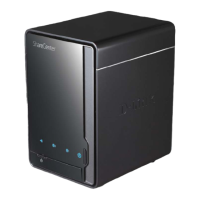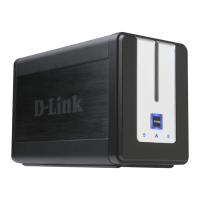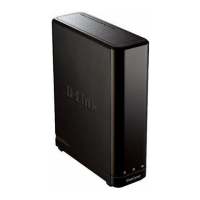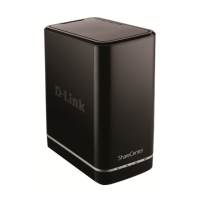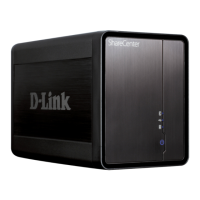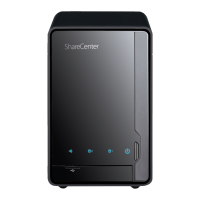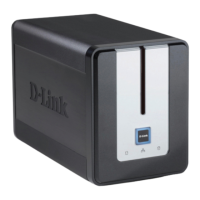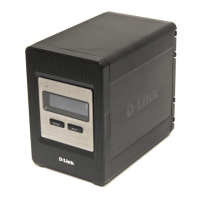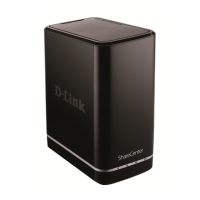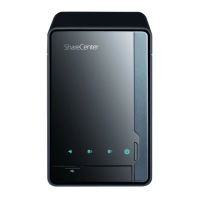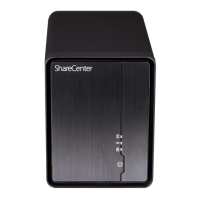Copyright@2014 D-Link System, Inc. All Rights Reserved.
D-Link Document – User Manual
Glossary and Acronym List
Common Terminology
Redundant Array of Independent Disks. There are different RAID levels
with different degree of data protection, data availability, and
performance to host environment.
The Physical Disk belongs to the member disk of one specific RAID group.
A collection of removable media. One pool consists of one or several RAID
ZFS is a combined file system and logical volume manager designed by Sun
Microsystems. The features of ZFS include data integrity verification
against data corruption modes, support for
integration of the concepts of file system and volume management,
snapshots and copy-on-write clones, continuous integrity checking.
Logical Unit Number. A logical unit number (LUN) is a unique identifier
which enables it to differentiate among separate devices (each one is a
logical unit).
Set the volume to be Read-Only.
Dedicated Spare disks. The spare disks are only used by one specific RG.
Others could not use these dedicated spare disk
s for any rebuilding
purpose.
DeGraded mode. Not all of the array’s member disks are functioning, but
the array is able to respond to application read and write requests to its
Small Computer Systems Interface.
Self-Monitoring Analysis and Reporting Technology.
Common Internet File System. CIFS operates as an application-layer
network protocol mainly used for providing shared access to files, printers,
serial ports, and miscellaneous communications between nodes on a
Server Message Block. Same as CIFS.
Network File System. NFS is a distributed file system protocol originally,
allowing a user on a client computer to access files over a network in a
manner similar to how local storage is accessed.
Apple Filing Protocol, formerly AppleTalk Filing Protocol. AFP is a
proprietary network protocol that offers file services for Mac OS X and
original Mac OS. In Mac OS X, AFP is one of several file services supported
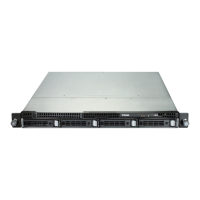
